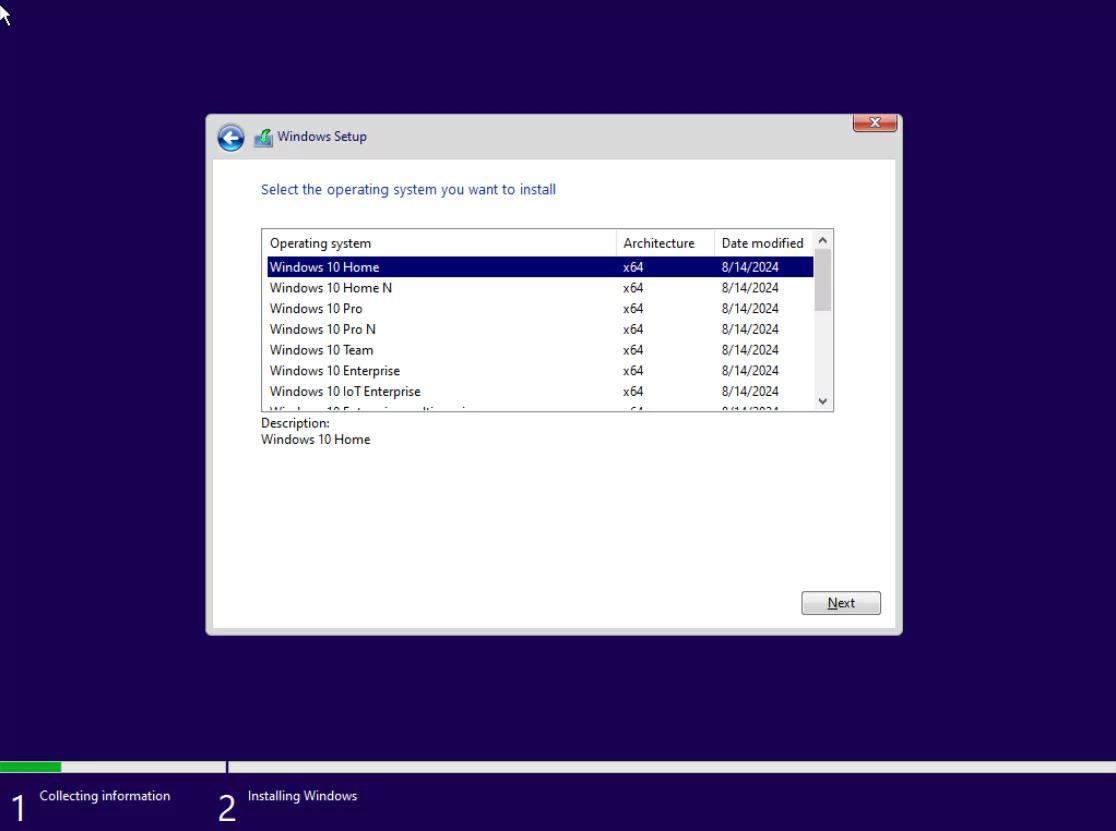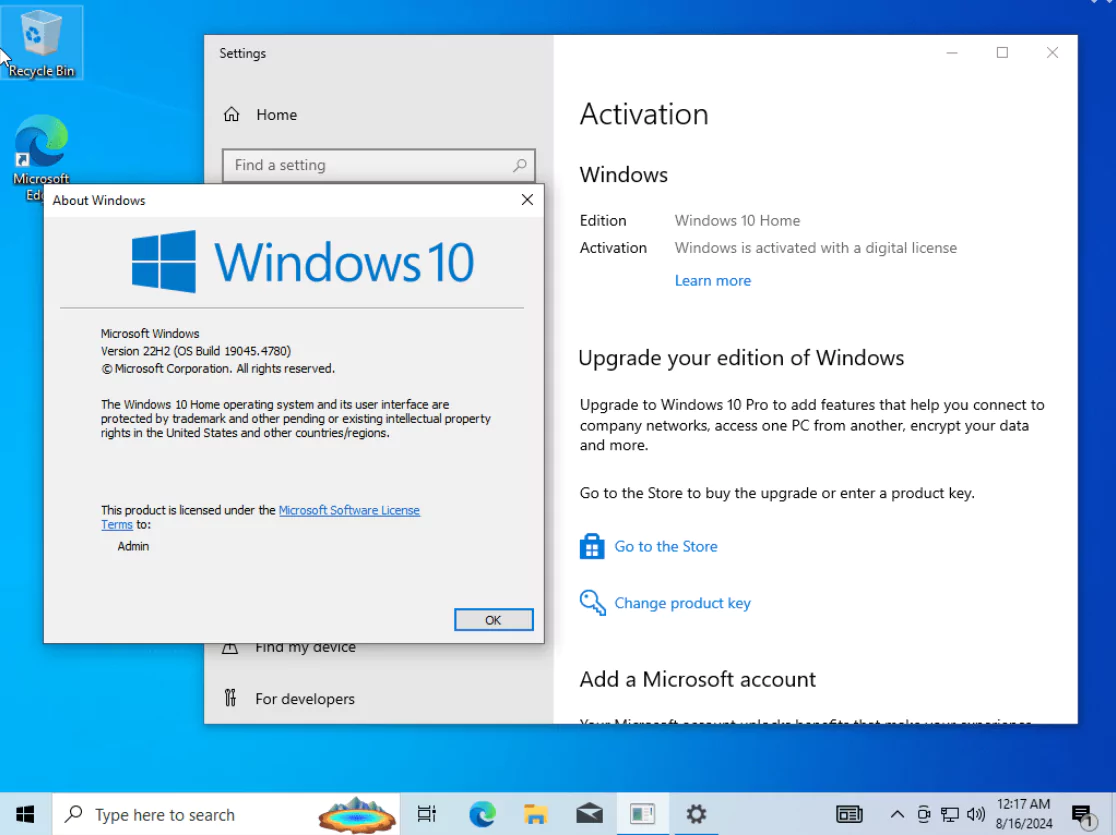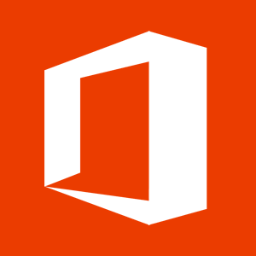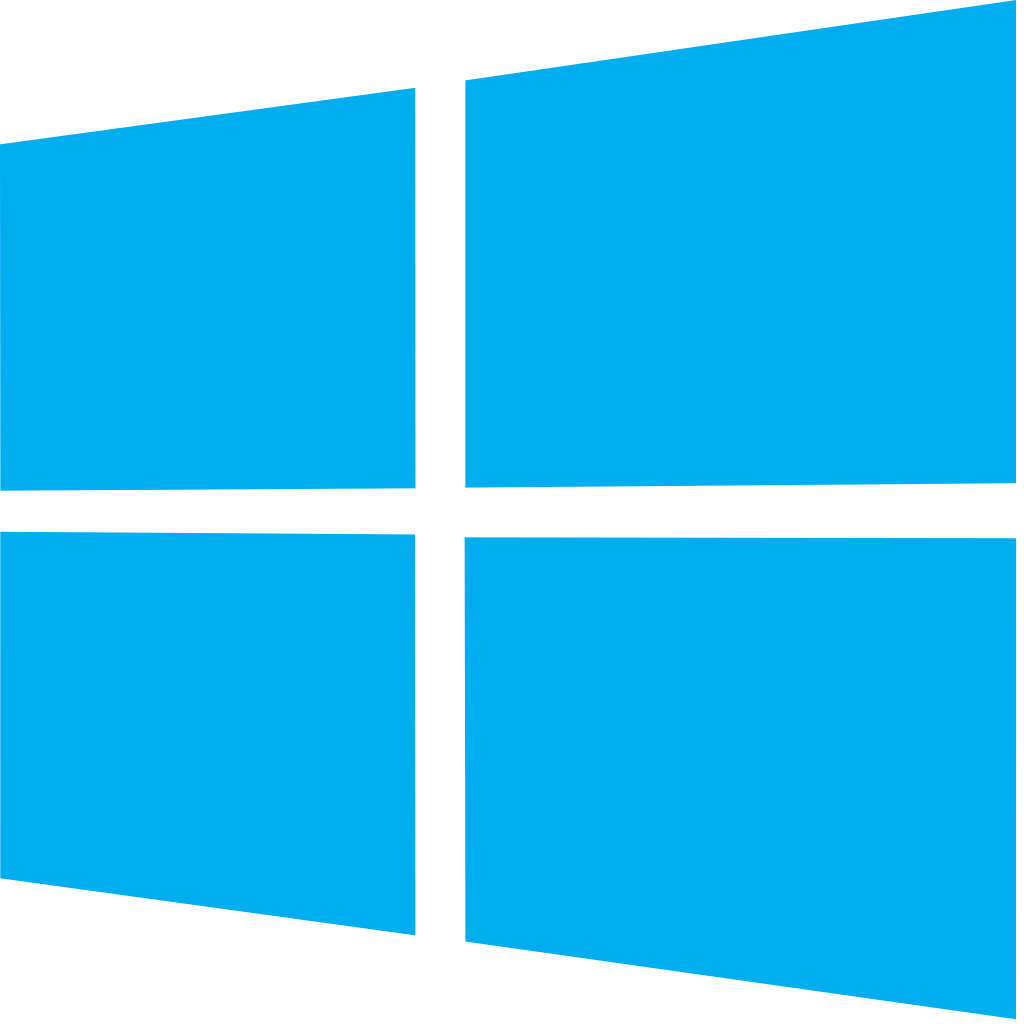Free Download Windows 10 Pro Preactivated ISO Google Drive Download 2025 Update. Windows 10 Pro Preactivated is the most popular desktop operating system today, running more than a billion active computers. Microsoft has worked hard to get out of the catastrophic versions of Vista and Windows 8 and has added updated features for pedestrians, adding modern capabilities such as touch input, voice-based virtual assistant, face login, and mixed reality. take screenshots, tidy up windows, get notifications, and more. August 2022 update for Windows 10 Preactivated includes a glossy Start menu, a more functional Edge browser, and other valuable settings.
To take a closer look at what’s new in the latest version, read an overview of the major features released in the August 2022 update. The last few updates to Windows 10 Preactivated have increased, but there will be major changes to the interface, not only a separate simplified version of Windows X, the OS but also a UI update code called “Sun Valley.” According to Windows Insider. However, major reforms are not expected until the fall of 2023.
Microsoft described the November 2021 update (called 20H2) as a “set of performance-enhancing and quality-enhancing features.” It may not be a big update, but it means it will be installed quickly and with minimal noise. Some design updates include a lower-key Start menu bar, better-marked notifications, and more tablet mode switching.
With this update, a new version of Edge’s Chromium-based browser will be installed, which will not only feed the Edge browser itself but also store Windows applications that require web access. This means that both will be more compatible with websites because the source code is the same as that used in Google Chrome. It’s also worth noting that Edge works not only on Windows, but also on Android, iOS, macOS, and now even Linux.
For those who cling to a version of Windows 7 that is no longer supported, Windows 10 Pro Preactivated is easy to upgrade and there is almost no learning curve for the interface.
WINDOWS 10 HIGHLIGHTS FEATURES
Windows 10 Preactivated barely provides the Windows learning curve that has been used for years, including the many advances in Windows 8, quick startups, tablet usage, enhanced notifications, and app stores. The window’s capabilities remain incomparable, allowing you to easily display desktops and windows in the side and corner squares of the screen.
The Start menu is different from macOS and Ubuntu, and users don’t have a centralized place to start working with programs, files, searches, and settings. Chrome OS has a Launcher tool, but it’s not as extensive as the Windows Start menu. Another difference is that apps have their own menus, rather than using the operating system menus at the top of the screen, like macOS and Ubuntu.
Microsoft’s new design language, Fluent Design, uses clear, blurred, animated images to provide useful visual signals and reinforces itself with each update. One of Fluent’s fun effects is called Acrylic Material, which makes elements like menu bars look translucent and deep when the mouse is clicked.
It now applies to almost all Windows tools, including the Start menu, Settings dialog, and Action Center. In Build 2020, Microsoft created Fluent open-source, so third-party developers can use it in their applications.
The search box next to the Start menu focuses on the May 2020 update. It is no longer associated with Cortana, which has an AI image attached, which allows you to store your local files (including all the text in them) and stored them on OneDrive or SharePoint servers. The search bar now has buttons to quickly find the weather, news, current history in history, and the best movies.
The back of the desktop search has caught the attention of developers: it uses a new algorithm to determine when indexing-intensive functions should and shouldn’t be done.
The dark theme of Windows is valid in the Start menu, Taskbar, and 23 applications, but it still does not apply to the old-style Control Panel. The new version of the Edge now allows you to follow the system settings for dark and dark modes. Another eye-catching thing is Night Light. It reduces blue light and makes it easier to fall asleep. The OS has a real Light mode with redesigned and more colorful icons.
The Start menu clicks the All Apps list without a second button and displays the most used and newly installed applications. You can set the main folder icon to appear. For example, you can display images such as File Explorer, Download, Document, etc. right on the start button. The remaining panels from Windows 8 are still there, but you can turn them off. I think they are useful for quickly opening the applications I use the most.
Another interface feature I prefer is the Quick Access section of File Explorer. This will allow you to easily find the last file you were working on, regardless of the program you were using. So, if you want to edit an image and add it to another program, it will be right at the top of the Quick Access list. To quickly find a file, you never have to remember where you saved it. One thing File Explorer lacks is tabbed windows, which have both macOS and Linux.
Unfortunately, the design differences between the Settings App and the Control Panel remain, but the story is getting better. For most system configurations, you use the Settings program, but for deeper system technical options, you may occasionally need to access the Control Panel.
More advanced settings, such as Device Manager and Disk Management, can be obtained by right-clicking on the Start button, but the Control Panel option is no longer available. Instead, you see it when you perform certain actions, such as uninstalling an old program.
You can still open the Control Panel by typing “Control” in the Start menu search box. Most of the settings that most users need at this point are in the new Settings app, but technicians are still looking at the old-fashioned control panels. Microsoft is still moving its geeky settings from Control Panel to Settings, but Disk Management will move to an upcoming version.
Another feature that uses the old interface language, Disk Cleanup, is being replaced by Storage Sense in the new Configuration Interface. This feature automatically deletes temporary files and downloaded installers. You can run it by order using the Now Now button and set it to run automatically when the storage space is low or to run on schedule.
MOBILE CONNECTION
The Settings app includes a Phone section that allows you to integrate an Android or iOS device with your computer. Continue on PC allows any browser on iOS or Android to open a website directly on a Windows 10 Pro Pre-activated computer, or create a notification in the Action Center with a link. For tips on how to start this feature, read on your smartphone to continue syncing with Windows 10 Pro Preactivated on your computer.
This is just the beginning. Using the iOS or Android version of the Edge browser creates even more integration. Next step, Your phone is the subject of my next section.
YOUR PHONE APP
Your phone app allows you to view photos on your phone, and even drag and drop, view notifications, write SMS messages, and make phone calls from your computer. Please install the companion software on your phone and activate it. It will currently only work with Android. Microsoft is working with Apple to introduce the same integration as the iPhone, but I’m not holding my breath because I’m holding on tight to Apple’s platform.
Although it’s the most powerful for Samsung phones (which means most Android phones), your phone does a great job of quickly displaying photos and screenshots you’ve taken, displaying notifications (appearing in the Action Center), texting, and making calls. . Soon, with the 20H2 Windows 10 update, Samsung Android users will be able to run apps from their phones on their big-screen computers.
CORTANA TRICKS
Cortana, Windows’ voice-sensitive artificial intelligence digital assistant, is one of the highest-performing features in Windows 10 Preactivated. Smart Voice Assistant has owned Apple’s Siri on the Mac for more than a year. In May 2020, Cortana underwent significant changes for the purpose of renovation.
It now works in the form of a dialog, and you can move the result panel to the screen and resize the window to taste. It can make system settings such as dimming.
For more than a year, Microsoft has seen Cortana not as a competitor to Amazon Alexa, but as a productivity tool. The May 2020 update eliminates support for voice monitoring of smart home devices and music streaming services. You can still ask for general information and weather, set alerts, check your calendar, and make to-do lists. It can set an alarm, timer, open an app, adjust settings, and still tell jokes.
ACTION CENTER
Windows 10 Pro 22H2 Preactivated, based on the mobile operating system, is an Action Center. Earlier versions of Windows included something called Action Center, which is similar to smartphone notifications and fast action features. In fact, this is exactly what it is. For the 20H2 update, the notifications have the icons of the program that created them, making them more understandable.
Like Apple’s macOS Notification Center, Windows 10 Action Center stores these messages in the right pane. You can open the Windows 10 Action Center panel from the taskbar button or from the right edge of the screen on a fair touch screen.
The panel offers buttons for frequently needed functions such as power, settings, network, screen brightness, and rotation. The action center slider allows you to increase or decrease the screen brightness. The Connect function is very clean, allowing you to display your Wi-Fi network on a different screen. I was able to display the Surface Pro screen on Samsung’s big TV without selecting OK on the TV and without any settings.
FOCUS ASSIST
Focus Assist can be accessed by right-clicking on the Action Center icon or using the Quick Action button. You can set it to pass through priority clients, or just turn on the alarm. Settings allow you to specify who to focus on in the application. You can enable this feature while playing on your computer.
GAME IN WINDOWS 10
The game is a place where Windows is far away from macOS or Ubuntu. Microsoft will make Windows 10 games more enjoyable for gamers. The Xbox app for Windows 10 not only allows them to view action supplies but also includes a game DVR and can transfer games from Xbox One to PC. You can also stream games to Microsoft’s Twitch competitor, Mixer.com.
The Xbox and Windows 10 stores have merged, and the Play Anywhere initiative means you can buy games for a single platform and play them on your console or computer. The gameplay is still synchronized between platforms.
Play Anywhere games have started coming out, and the list has grown since I last checked, and now there are 5 “coming soon” with 44 titles. Interesting creations are Gears of War 4, Forza Horizon 4, Killer Instinct, ReCore, and Resident Evil. You can follow the list on the Xbox Play Anywhere page.
If you have more VR games and are a Steam person, the mixed reality of Steam VR is complete. You now have two home databases for a mixed-reality virtual environment: SkyLoft can join Cliff House. There are over 2,000 VR titles in the Steam VR library, and you now have more than half a dozen hybrid real headsets from Samsung, Acer, and Dell.
In addition to the Xbox, Windows 10’s 3D video engine is DirectX 12, which some game developers say may open up a whole new level of reality to games. Windows 10 shuts down VSync and instead enables AMD’s Freesync and Nvidia’s G-Sync in Universal Windows Platform (UWP) games and applications. A similar update opens up a range of UWP games.
Windows continues to control the DirectX rays found on the latest Nvidia graphics cards. This allows you to calculate shadows and reflections in real-time, creating a more performance and realistic game scene.
The Windows 10 Game Bar (loaded with Windows key-G) allows you to enter Game mode by order, transfer to Mixer.com, record DVR, and use audio control. This is a fully functional program that can now be started from the start menu. With the May 2020 update, the Game Bar will be able to showcase FPS counters and achievements.
The OS Game mode shifts system resources from the base tasks to the game you are playing. You can control this and other game features in the Settings Special Game section. Mixer.com’s ability to stream games is 1 second behind, allowing you to connect more closely with your audience. This allows users to create their own Arena player tournament on Xbox Live.
SECURITY AND PRIVACY
When setting up a Windows 10 account, it is possible to open a local account that does not require a Microsoft account, but if you do, you will lose the best features of the OS. Many critics have called on Microsoft to collect usage data by default, so the company made its privacy options clear during setup.
The Privacy Dashboard allows you to view and manage any data stored in your Microsoft account. For more information, read Windows 10: How to Protect Your Privacy.
The October 2018 update changed the Windows Defender Security Center to just Windows Security. This will take you to an additional page showing the third-party security software you have installed, making the current threat section more accessible and allowing applications to access controlled folders (the ransomware protection part of the system).
The antivirus installed on Windows 10 Preactivated has improved significantly in the last few versions and even received a full rating in the latest AV-Test.
IT staff can use Windows 10’s enhanced Windows Defender Advanced Threat Protection (Windows Defender ATP) to prevent and monitor new attacks. For users, the Security Settings panel offers the option to protect against ransomware and the Controlled folder access option. This includes usage protection and features such as data performance prevention and mandatory ASLR.
Windows Defender Application Guard protection is available for Windows 10 commercial and educational users; it can stop even sophisticated, targeted attacks. Windows Defender provides a regular system scan.
LINUX INSIDE
With the May 2020 update, Windows 10 Pro 22H2 Preactivated comes with a full Linux kernel and comes with WSL 2 (Windows Subsystem for Linux). Linux support, which is of interest to most developers, does not allow the installation of a graphical user interface like Ubuntu, but is command-based and is now fully compatible.
You can install a Linux distribution from the Microsoft Store (without GUI). The new version of WSL is much faster than the previous version and supports GPU processing.
WINDOWS HELLO
Windows Hello biometric authentication is supported on computers equipped with 3D and IR cameras, as well as Intel RealSense devices. You can also use third-party biometric access devices, such as the Eidon Mini fingerprint reader and the Nymi brand bracelet, which recognizes your unique heartbeat.
Hi, one of the most successful devices is the Logitech Brio 4K webcam. With the latest update, you can set Hello from a lock screen.
In terms of software, Windows Universal Apps and websites you search on the Edge can use Hello to authenticate on the iPhone or Apple Watch, just like you would with Apple Touch ID. Applications that support Hello include Dropbox and iHeartRadio. You can also download the Microsoft Windows 10 official version from the official site.
SCREENSHOTS


SYSTEM REQUIREMENTS
- Processor: 1 gigahertz (GHz) or faster processor or SoC
- RAM: 1 gigabyte (GB) for 32-bit or 2 GB for 64-bit
- Hard disk space: 16 GB for 32-bit OS or 20 GB for 64-bit OS
- Graphics card: DirectX 9 or later with WDDM 1.0 driver
- Display: 800 x 600 or more





![Windows 7 Ultimate SP1 Preactivated Sep 2024 [Multilingual] 6 Microsoft_Windows_7](https://softowa.com/wp-content/uploads/2022/11/Microsoft_Windows_7.webp)

